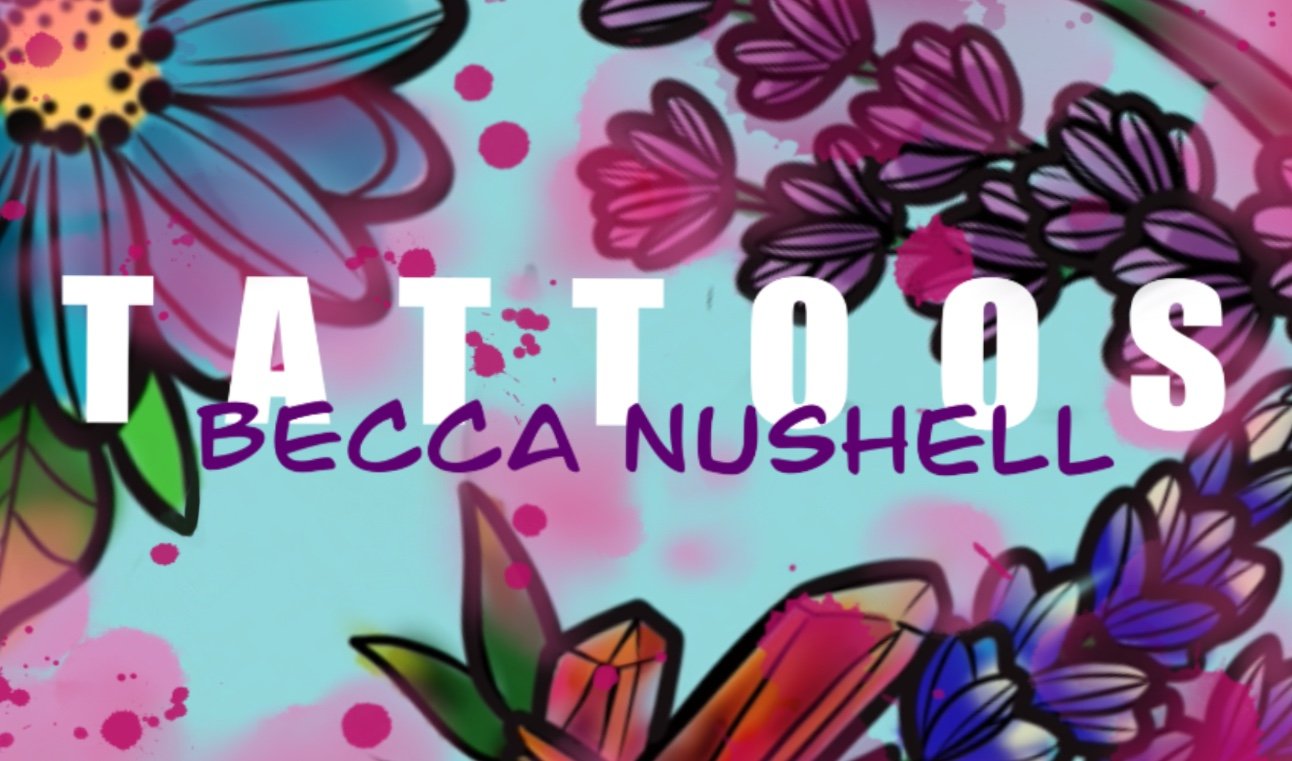Tattoo Touch-Ups vs. Natural Aging: How to Tell the Difference
Tattoos are meant to be permanent, but that doesn’t mean they stay looking exactly the same forever. One of the most common questions I get asked as a tattoo artist is whether a tattoo needs a touch-up or if it’s simply going through the natural aging process. It’s a fair question, and the answer isn’t always obvious especially to someone who’s only ever seen their tattoo on their own skin.
A touch-up is usually a small adjustment that’s made when certain parts of a tattoo didn’t heal properly or faded more quickly than expected. These kinds of touch-ups are often needed within the first year, especially if the skin didn’t retain pigment evenly. This can happen due to a number of factors, including skin type, placement on the body, movement during healing, or how the tattoo was cared for in the first few weeks. If the tattoo has visible light patches, broken lines, or areas where the color just didn’t hold, that’s typically when a touch-up makes sense. Sometimes, a client may have unintentionally exposed their tattoo to sun or water too soon, or scratched and picked at the healing skin, causing the pigment to lift. In these cases, artists usually offer a window of time where touch-ups are either included or offered at a lower cost.
But there’s a big difference between that kind of immediate need and the slow, natural changes that happen to a tattoo over time. All tattoos age. The lines will soften, the boldness will fade, and the colors will shift slightly as the ink settles deeper into the skin and the skin itself ages. This is completely normal and doesn’t mean your tattoo is ruined. Think of it more like a favorite shirt that’s been worn and washed still beautiful, just different than when it was brand new.
Sometimes, people come in a few years later asking if they need a touch-up because their tattoo “doesn’t pop” like it did when it was fresh. In most of those cases, the tattoo is still solid it’s just doing what tattoos do. Unless you’re seeing actual missing pigment or unevenness that wasn’t there before, what you’re seeing is probably just the passage of time. Even well-protected tattoos, kept out of the sun and cared for diligently, will shift in tone as the years go by. That’s not a failure it’s part of the relationship between your skin and the art.
Before deciding on a touch-up, it helps to ask yourself a few questions. Has the tattoo always looked this way, or has something changed? Are you wanting to bring back the original boldness, or are you really looking for a rework or a new design entirely? Did the tattoo heal properly and you’re just missing that “fresh” look, or are there areas that truly didn’t hold ink? Sometimes the desire for a touch-up is less about the tattoo itself and more about how we feel about it now especially if your style or body has changed.
There’s no right or wrong answer when it comes to whether you should touch up your tattoo. Some people love the way their tattoos evolve with time and view the softness that comes with aging as part of the story. Others prefer to keep things crisp and vibrant and opt for regular touch-ups to maintain that look. Both choices are valid, as long as you’re clear on your reasons and expectations.
If you’re unsure whether your tattoo really needs a touch-up or if it’s just going through normal changes, the best thing you can do is ask your artist. Most of us are happy to look at a photo and give honest feedback. Tattoos are living art, and like anything that lives, they change. Whether you decide to leave it as-is or freshen it up, what matters most is that you still feel good wearing it.

